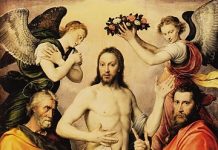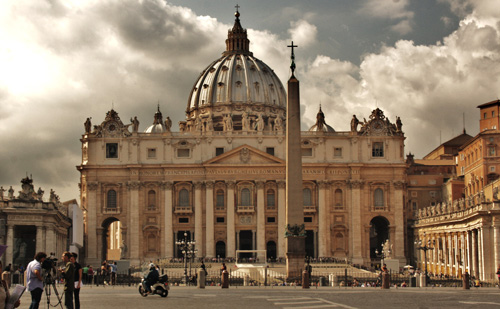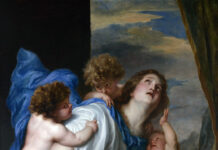I serendipitously came across this article by Algis Valiunas – always worth reading – which describes what paganism was really like. Not the idealized res publica of the Renaissance and the Romantics. Rather, as Valiunas points out, commenting on the work of the historian Jacob Burkhardt (+1897), the Greek state was a totalitarian monster, often with real monsters in charge; life for most nasty, brutish and short, and cheaply bought and sold; suicide rampant, and strongly encouraged when it all got a bit too much. All in all, distinctly unpleasant. As the tragedian Sophocles put it: Not to be born is best.
Valiunas, following Burkhardt, argues that we are returning to this brutal, pagan view of existence, whose limits are bounded by the limits of this passing world. We may go further, and describe what is unfolding before our eyes is a secular messianism, a veritable antechamber of hell, the religion of antichrist. For unlike Virgil, who glimpsed in some dim way a Saviour, for the neopagan, there is no redeemer on the horizon. Only a never-ending horizon.
Whew. But it has always been so, since the ‘last days’ – and the last age of this world – dawned with the Ascension. For those who have found Christ, there is always hope, Who is all, in all. We look not to this world, but the next, for only there will we truly begin to live. And the most idyllic view of pagan paradise has got nothing on that.











